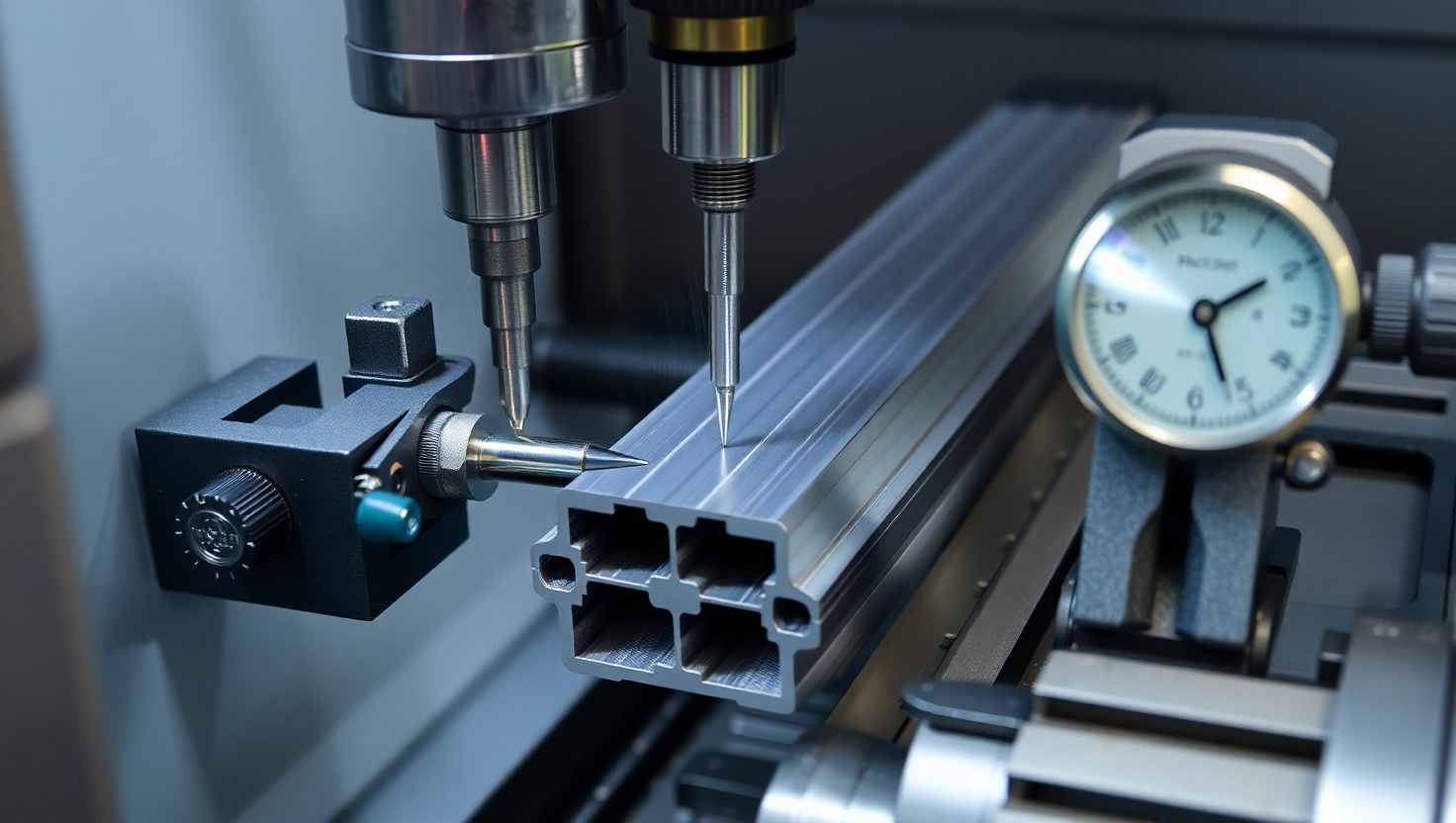How CNC Machining Enhances Aluminium Extruded Component Precision
Published by: ALUTimes | Date: July 16, 2025
Table of Contents
- Introduction
- Why CNC Machining is Critical
- Common CNC Processes for Aluminium Extrusions
- Tooling & Machines Used
- Tolerances and Quality Standards
- Industry Applications
- Best Practices for CNC Machining Aluminium
- Case Study: Precision Parts in Aerospace
- Conclusion
- Disclaimer
Introduction
Aluminium extrusions form the backbone of countless applications — from lightweight frameworks to structural automotive components. But extrusion alone can’t deliver the tight tolerances and complex geometries demanded by modern engineering. That’s where CNC machining steps in. In this article, we explore how CNC machining enhances aluminium extruded components, enabling industries to achieve ultra-precise parts with repeatable quality and speed.
Why CNC Machining is Critical
Extrusion produces near-net shapes, but it often leaves surfaces rough, with dimensional inaccuracies or non-standard hole placements. CNC machining fine-tunes these imperfections by removing material with micron-level accuracy. This is especially vital in industries like aerospace, medical, and defense, where a few microns can make the difference between performance and failure.
Common CNC Processes for Aluminium Extrusions
- Milling: Used to flat-cut, profile, or slot extrusions.
- Drilling: Adds precision holes for fasteners and assembly.
- Tapping: Creates threaded holes for mechanical fastening.
- Turning: Useful when round or cylindrical shapes are needed from extrusion blanks.
- Slotting & Pocketing: Used to produce cavities for connectors, sensors, or fittings.
Tooling & Machines Used
CNC operations on aluminium use specialized tooling to achieve precision without damaging the soft metal. Common equipment includes:
- 3-Axis or 5-Axis CNC Milling Machines
- CNC Lathes for cylindrical profiles
- VMC (Vertical Machining Centers)
- Coolant delivery systems for chip evacuation
- Carbide end mills with flute geometries suitable for aluminium
Tolerances and Quality Standards
Precision CNC machining allows aluminium parts to meet extremely tight tolerances:
- ±0.01 mm for critical dimensions
- Surface finish up to Ra 0.8 µm
- Angular tolerances within ±0.5°
Quality control involves CMM (Coordinate Measuring Machine) inspections, surface testing, and first article approval before batch production.
Industry Applications
CNC-machined aluminium extrusions are used in:
- Aerospace: Brackets, support frames, sensor mounts
- Automotive: Lightweight structural parts, bumpers, battery enclosures
- Architecture: Curtain wall systems, connectors
- Electronics: Heat sinks, chassis
Best Practices for CNC Machining Aluminium
- Use high spindle speeds with proper cooling to avoid material buildup
- Minimize tool retraction to reduce machining time
- Pre-anodize if required to prevent post-machining corrosion
- Ensure stable fixturing to avoid vibration
Case Study: Precision Parts in Aerospace
A Bengaluru-based aerospace firm partnered with an aluminium extruder to manufacture custom mounting brackets. Post-extrusion CNC milling achieved tolerances of ±0.02 mm. The result? A 22% weight reduction and 18% cost savings over machined-from-solid alternatives — all while meeting stringent ISRO approval standards.
Conclusion
CNC machining transforms aluminium extrusions from raw profiles to high-performance components. With the right tools, quality systems, and expertise, manufacturers can unlock new design potential and reliability. As industries demand more complex geometries and tolerances, CNC precision will remain a cornerstone of aluminium processing.
Disclaimer
This content is for informational purposes only. Please consult an industrial engineer or qualified technician before making production decisions involving CNC machining for aluminium.

